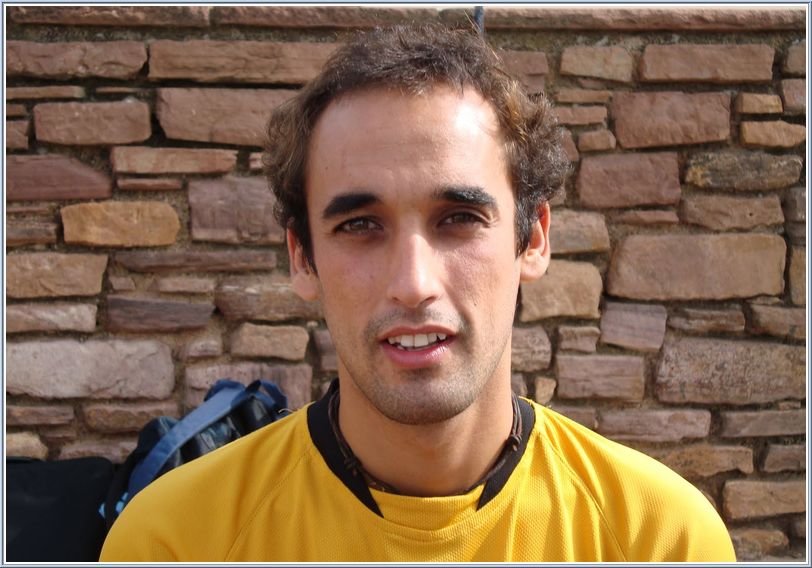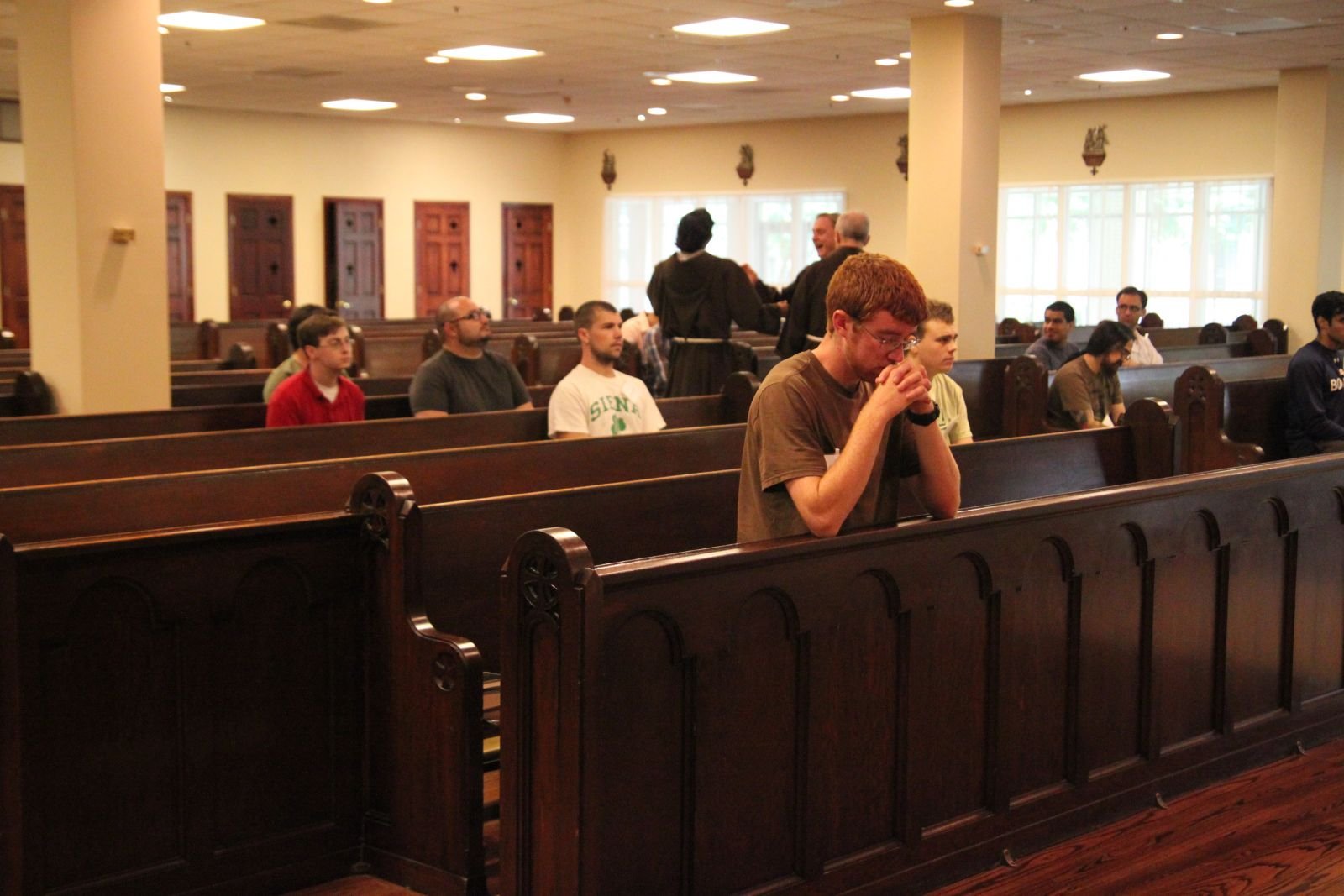Particular charisms, such as priesthood, come more like the dawn than a lightning bolt

A couple of weeks ago a bishop announced that the Holy Spirit was calling as many men as ever to priesthood – the only problem is that they are not responding. My first reaction was a sense of relief, since whoever’s fault it was, it could not possibly, for once, be women’s.
My next and more serious reaction was, how on earth could he know? Does Jesus send him a monthly email – “Called: 17; positive responses: 0”? Is his letterbox stuffed with postcards from young men saying “the Holy Spirit visited me yesterday and asked me to become a priest but I told Him to get lost. Thought you’d like to know”? Neither seem very likely to me.
But above all it made me wonder if the bishop has a very different understanding, not just from me, but from anyone else I have ever spoken to on the subject, of how God usually seems to go about “calling people” to specific ministries. I do know a few people who have had very sudden, overwhelming “conversion experiences,” a joyful moment when they felt illuminated into belief – suddenly, without warning and with absolute clarity.
To be unusually frank I am one of them – and since that day although I have had agonies of indecision about all sorts of things I have never fundamentally doubted the reality of the Trinity and the love of God, nor been out of communion with my Church. This is a great blessing, actually.
But particular charisms, such as priesthood, do not seem to come this way – they come from lives, from tinier hints, ideas, passing thoughts, and accumulate; they come from within the Church and from within the culture. They usually come quite gradually, more like the dawn than like a lightning bolt.
Unlike basic faith they are not a simple “deal” between an individual and God, but are always communal and social. For example, I am sure we have all met individuals who are convinced they do have a calling to priesthood or to religious life but discover that the Church does not agree with them, for a whole raft of reasons, which may or may not over a lifetime prove to be well founded.
 Discernment – especially in a broadly secular social context – is very tricky. For example, my marriage is annulled. Once upon a time I believed I was “called” to get married – not in general but to a particular individual. It was certainly not something on my agenda (in the early 1970s good feminists, even Christian ones, did not “do” marriage). We consulted widely and properly both with priests and with individuals who knew and loved us; we took instruction. I certainly prayed about it and believe that he did too. We got married.
Discernment – especially in a broadly secular social context – is very tricky. For example, my marriage is annulled. Once upon a time I believed I was “called” to get married – not in general but to a particular individual. It was certainly not something on my agenda (in the early 1970s good feminists, even Christian ones, did not “do” marriage). We consulted widely and properly both with priests and with individuals who knew and loved us; we took instruction. I certainly prayed about it and believe that he did too. We got married.
Forty years (and two children) later, six men, none of whom had ever been married themselves or met either of us, decided that our marriage had never existed.
Although I am not able to understand what this can possibly mean, I accept that we, the Church, have given them that authority. I do not blame my … (I cannot say “ex-husband” because the Church says he never was my husband) for getting married again, but I also do not know what this says about a process of discernment or about “vocation” to a sacramental estate.
On the whole, a God of love must surely call us to ministries in which we are likely to find peace, joy and fulfilment. The Holy Spirit may woo but does not rape. The honest truth is that, although it is stressful for bishops and laypeople alike not to have as many priests as we have become used to, we cannot know whether the Spirit has some brand new idea for the Church or whether we are simply not making priesthood look very joyful.
Are we grateful, prayerful and delightful to our priests? Do they flourish in our maternal love? I am sure, though, that accusations of “failure to respond” are not going to help our discernment.
Sara Maitland is a novelist and writer.
- Pope tells priests not to live for their 'own pleasure' or act 'like a peacock'
- Pope prays for vocations to priesthood
- David Rider: Tap-dancing Seminarian
- Priesthood attracts converts
- Former Man United footballer to become a priest
- Study Finds that Most Catholic Priests are Happy and Appreciate Celibacy
- Who would want to be a priest?
- Priesthood attracts converts


 Votes : 0
Votes : 0









